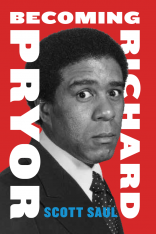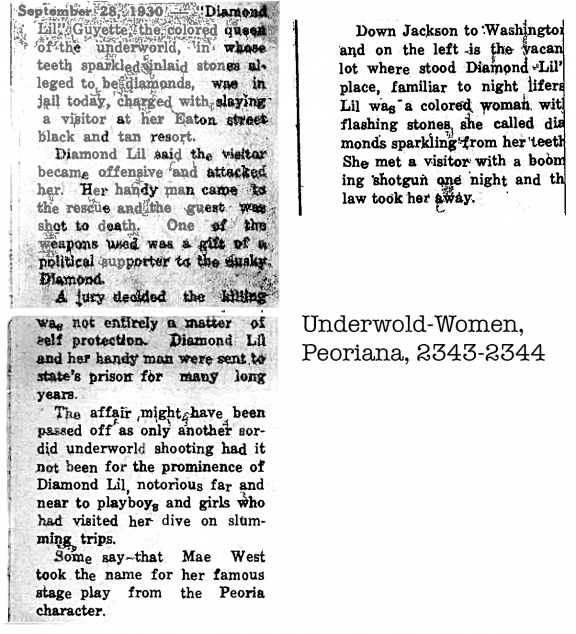These clippings derive from a “Peoriana” column that appeared in Peoria’s Daily Record in the 1940s (and perhaps before and after), and were helpfully collated by subject at the Peoria Public Library.
Peoria
A digital companion to the biography Becoming Richard Pryor
Diamond Lil
Date: 9/28/1930
Citation:
“Underworld – Women,” "Peoriana" collection, Peoria Public Library, pp. 2335-2343.
-
1. A City That Defied Prohibition
-
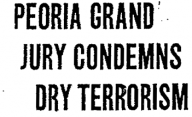
Peoria Grand Jury Condemns Dry Terrorism
–9/30/1925–Federal agents were condemned in Peoria for their violent tactics
-
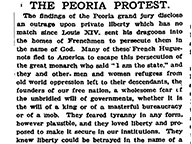
The Peoria Protest
–10/4/25–Prohibition seemed to many Peorians a violation of fundamental human rights
-
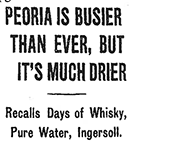
Peoria Busier Than Ever But Much Drier
–9/8/26–Early on, Peoria was “the city of high spirits,” a center for the distillery business
-
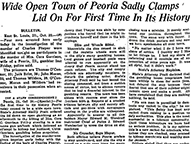
Peoria Sadly Clamps Lid On For First Time
–10/21/30–In the wake of kidnappings and murder, the State Attorney ordered Peoria's gambling houses closed
-
-
2. Overviews of the Woodruff Era
-
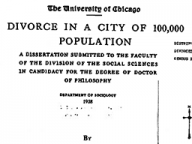
Divorce in a City of 100,000 Population
–1939–Peoria had a divorce rate nearly twice the US average; a sociologist surveyed Peoria from all angles to discover why
-
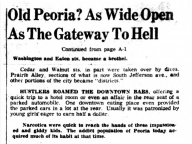
Old Peoria: As Wide Open As The Gateway To Hell
–4/14/1956–From the newspaper of the All-American city, a guided tour of the old “Empire of Vice”
-
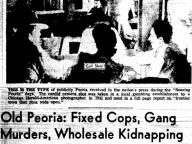
Old Peoria: Fixed Cops, Gang Murders, Kidnapping
–4/15/56–Reformed Peoria looked back at days of gangland kidnappings and murder
-
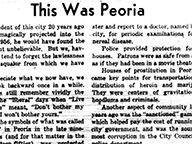
This Was Peoria
–4/15/56–Editorial looking back to the “liberal” days of Peoria
-
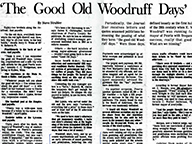
‘The Good Old Woodruff Days’
–6/26/76–Three decades after the decline of Roarin' Peoria, some still missed “the Good Old Days”
-
-
3. A Brisk Trade in the Pleasures of the Flesh
-
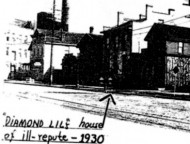
Eaton Street, home of Diamond Lil’s resort
–1930s–The street in the red-light district where Marie Pryor settled — and where Peoria's most famous 20th-century madam plied her trade
-
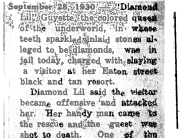
Diamond Lil
–9/28/1930–A brief history of the end of Diamond Lil
-
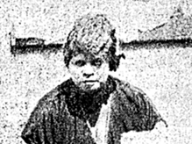
“Diamond Lil” Found In Cell; Keeps Silence
–12/27/1931–Diamond Lil, a black madam in Peoria, was squeezed by the DA but refused to name names
-
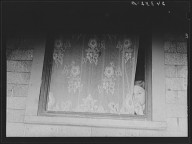
A Prostitute at the Window
–5/1938–From the famed camera of Arthur Rothstein: a Peoria prostitute peeks out at the street
-
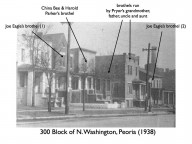
North Washington Street
–1938–The block, in the red-light district, where Pryor was raised
-
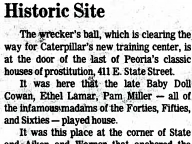
Historic Site (last house of prostitution)
–5/8/1980–The last remains of Prarie Alley were demolished in 1980
-
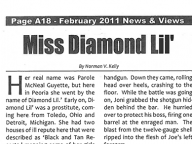
Miss Diamond Lil’
–2/2011–An account of the rise and fall of Diamond Lil', a well-connected black madam in 1920s and 1930s Peoria
-
